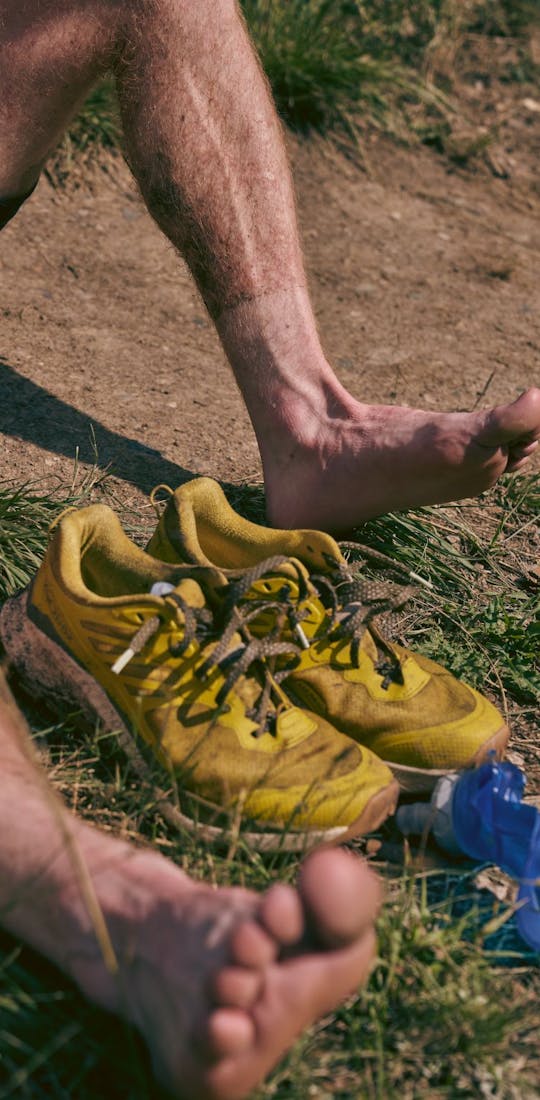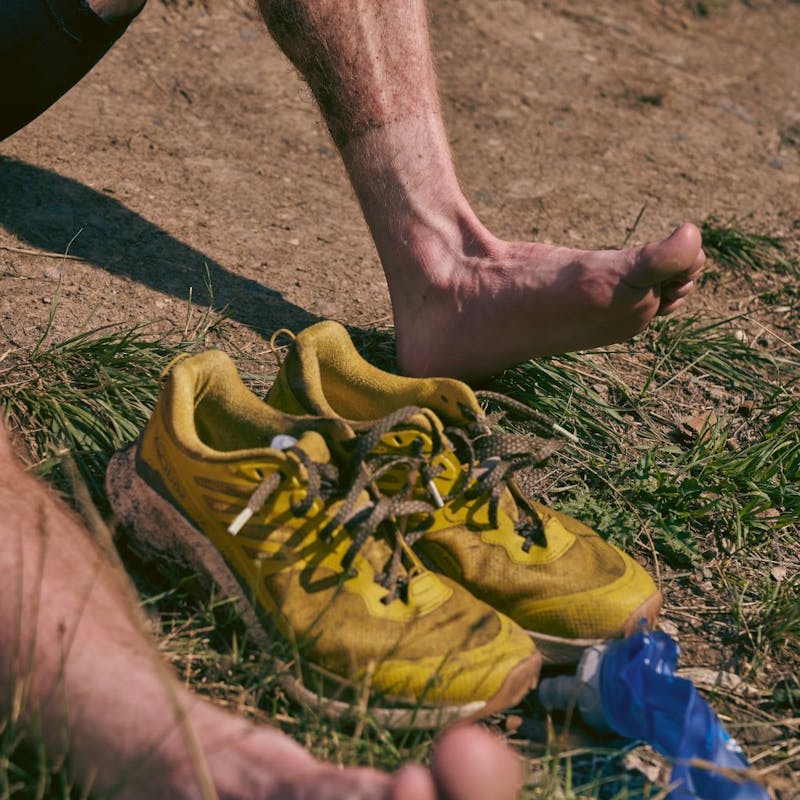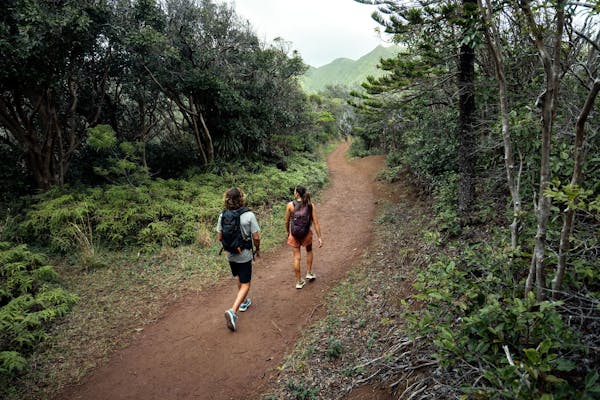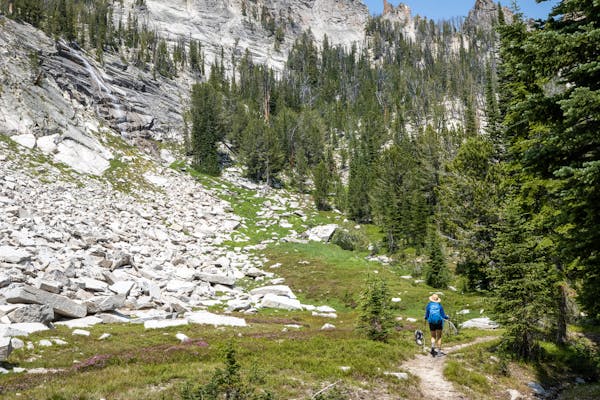Before this project began, I was oblivious to Fastest Known Times (FKT)
and the growing community around them. Whenever I heard or read about an FKT, it was usually in reference to a blistering fast thru-hike or some professional athlete attempting an unimaginable amount of vert in a tiny amount of time. So, when Kenny (Oboz Content Producer) pitched the idea of pairing an FKT with the launch of the Katabatic Wind, I was surprised to find a whole community of people attempting and posting about their own FKTs on fastestknowntime.com. The Katabatic Wind is a newcomer to the Oboz lineup, designed with fast trail runs and hikes in mind. Rigorous testing and design tweaks resulted in a high performing shoe that doesn't sacrifice on comfort and durability. An FKT attempt would make for the perfect final test of this shoe.
The idea behind an FKT is to complete a certain route in the Fastest Known Time, as the name implies. Anyone looking to attempt an FKT can run/hike an established FKT route or submit their own, as long as it meets the qualifications. As described on the website, an FKT route, “…must be notable and distinct enough so that others will be interested in repeating it.” Additionally, the route must be at least 5 miles with 500 feet of elevation gain and entail primarily running and hiking. There are several other stipulations, but the general idea is to complete a “bucket-list” route in the fastest time possible powered by your own legs.
Over a couple brainstorm sessions, Strava searching, and map consultation we landed on two possible FKT routes: Sphinx Mountain near Ennis, MT or Emigrant Peak in Paradise Valley. Both are iconic peaks with around 5,000 feet of elevation gain with Sphinx having a longer approach. Ultimately, we decided that Emigrant was the best option based on its proximity to Bozeman (and Oboz Footwear headquarters), and the nature of the route - straight up, straight down. Emigrant is strikingly beautiful and prominent. It's visible throughout the Paradise Valley, towering over the Yellowstone River, and skewing sense of scale and distance. Additionally, the trail covers varied terrain, beginning on a double-track in a field, climbing to high alpine forest, and finally, scrambling over scree to the peak.
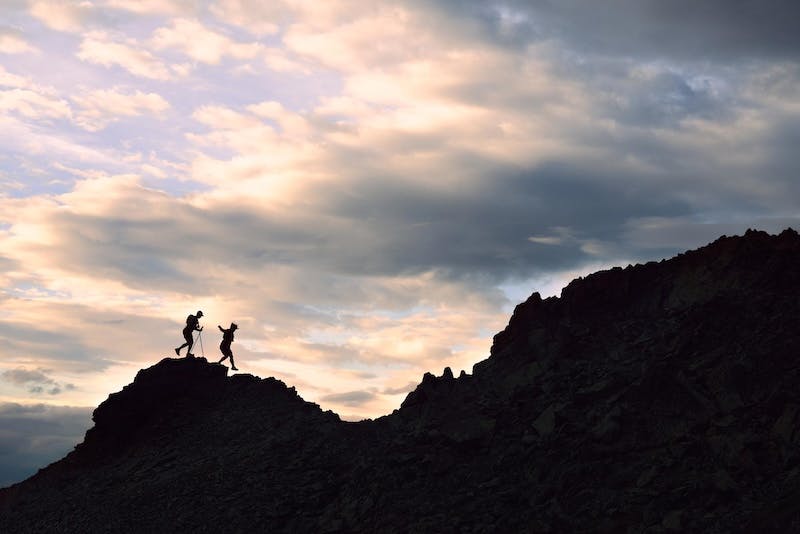
Our chosen route would allow our team to test the Katabatic Wind on multiple trail conditions for which it was designed. The Wind was created with varied terrain, faster speeds, and long hauls in mind, making the rapid climbs and descents on Emigrant Peak the perfect test of materials, technology, and form. Our goal with this test was to validate our design and ensure that the Katabatic Wind holds up to our high standards. We landed on a date in early August for the FKT attempt, giving us a good chance of fair weather and no snow.
During the spring leading up to the FKT, I was able to test out and tweak prototypes of the Katabatic Wind. Initial prototypes performed great on flat ground and inclines but caused ankle pain and toe jam on off-camber trails and during descents. This made me anxious about the eventual FKT, but we went back to the drawing board to ensure my toes would survive the trek.
After an office dissection of the Katabatic Wind with an X-Acto knife, we were able to identify some problem materials and constructions. After next round of improved samples arrived with enough time to re-test, validate our revisions, and allow me to put some miles on the new iteration of the shoe. To my delight, the shoe held up well in different terrain types and proved comfortable and fast during runs.
The shoes were ready, but I wasn’t sure if I was.
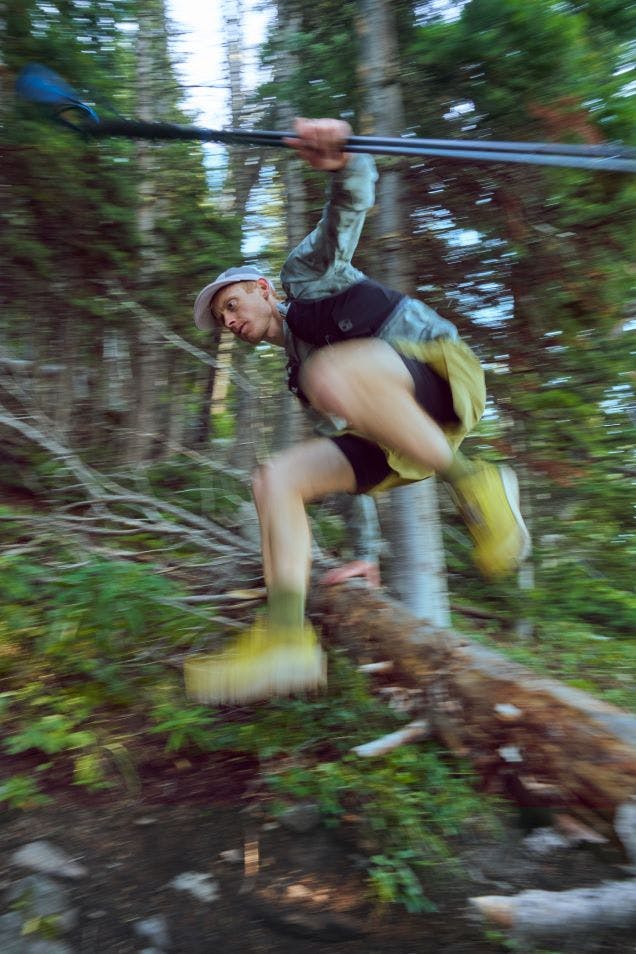
Ten days before the attempt, I went to Emigrant for to scope out the trail and do some additional ‘product testing’. This was my first time on the trail, so I read the current FKT holder’s route description to get an idea of what I should expect. My original plan was to leave Bozeman before dawn to start the test before temperatures became too hot, however the Emigrant trail is in grizzly territory, and a recent mauling in Paradise Valley that spring led me to leave town around eleven. It was already hot when I arrived at the trailhead. However, I had made the roadtrip and squared away the day, so I thought to myself; “might as well give it a rip.”
With bear spray, my phone, a satellite communication device, one water bottle and running poles in tow, I set out on the approach.
The beginning of the trail looks very mellow, but is deceptively steep, climbing 1200 feet within the first 1.5 miles. Between trying to keep my pace and intermittently yelling “Hey bear!” I was exhausted by the time I reached the meadow, before the real climbing starts. Uh-oh.
Once I reached the high alpine forest, however, I switched my movement between speed hiking and jogging. This is the sweet spot for the Katabatic Wind: moving quickly on a steep incline, and landing on the ball of your foot. This cadence loads the carbon plate, storing energy, and releasing it as you lift your foot. This works in tandem with the nitrogen-infused midsole foam to return energy to your stride.
I knew that to beat the FKT, I needed to reach the summit in an hour and 14 minutes. Once I emerged from the treeline, I stopped checking my watch, and jogged harder than I have ever jogged before. I ended up reaching the peak just before the hour mark, so I knew I was in a good spot if everything went well on the way down. Descending Emigrant with speed is more akin to skiing or mountain biking where you are in a controlled fall, fending off gravity just enough to stay upright and in motion.
This is another situation for which the Katabatic Wind is specifically designed. The shoe hinges at the outsole and midsole, allowing for the vertical force to be translated horizontally. The juicy drop in the EVA midsole hosts your heel as it sinks in and grabs purchase of the foam, reducing foot slip and softening heel impact.
Even with a shoe designed for this type of motion, my legs were pretty ‘cooked’ by the time I reached the meadow.
I still had a couple miles of dusty single and double track to go. Reaching the descent after the meadow, I fell on a pebble and dust-covered part of the trail. After a little roll in the grass, I popped up and kept moving. As with the start of the trail, descending that same portion was deceptively challenging. The double-track field seemed to last forever and, at this point, I was running on soft spaghetti noodle legs. Finally, my car came into view and I passed the trailhead marker. Time to stop my watch!
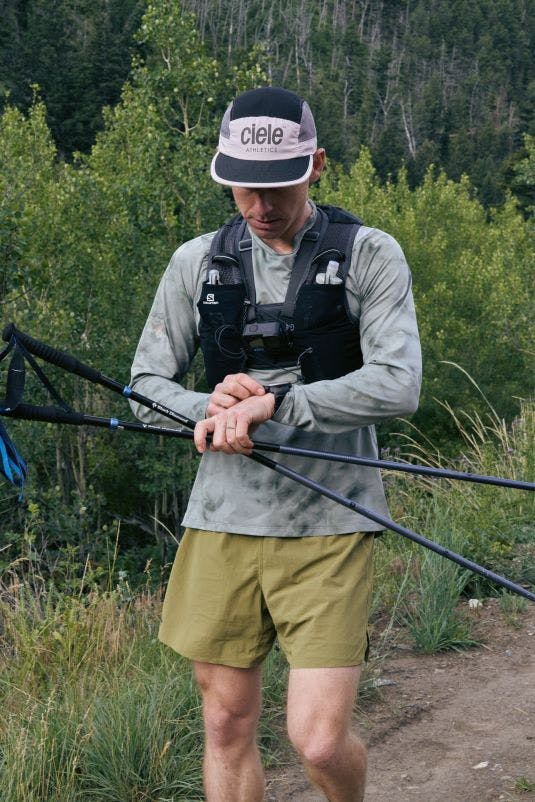
1:55:11.
I had the FKT.
Sunburned and highly dehydrated, I finally knew that I could beat the FKT during our official attempt a week and a half later…which means, yes, I would be looking to beat my own FKT. Chock it up to words of encouragement, cooler temps, and the fear of embarrassment, but I was able to cut another five minutes off the FKT during my “official” attempt. Aside from my elation over my FKT, I was stoked to see that the Katabatic Wind truly did live up to my expectations.
Maybe I’ll try them out on Sphinx this year.
